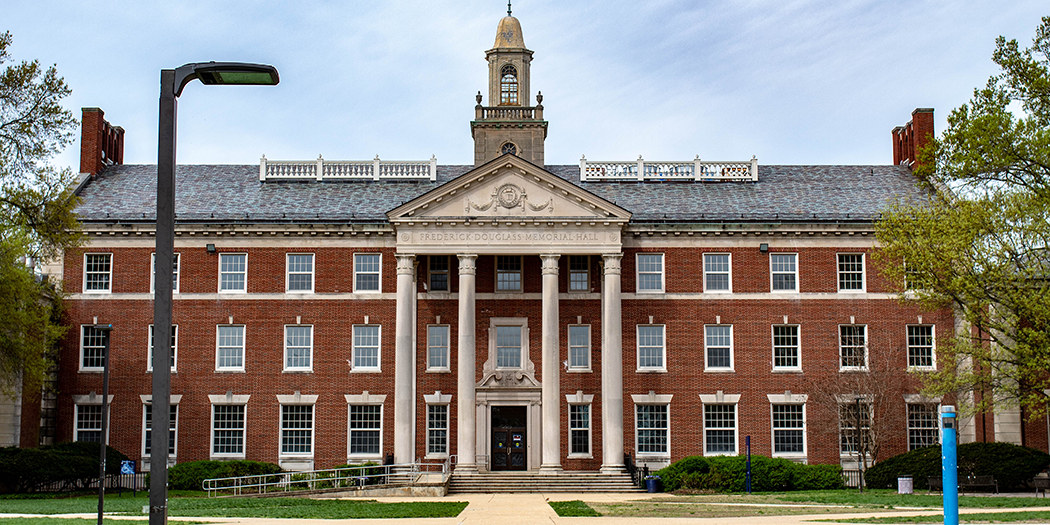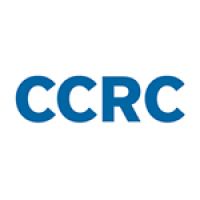Frederick Douglass Memorial Hall at Howard University.
By Jessica Brathwaite, Julia Raufman, Ava Mateo, and Nikki Edgecombe
The racial, political, and public health climate of the last two years spurred an increased awareness of racism and a commitment to anti-racist practices. Many organizations and individuals are now taking a critical look at whether their policies and practices have an equitable impact. However, while many community colleges have implemented structural reforms like guided pathways, math pathways, and reforms to developmental education, they have failed to adequately address obstacles that disadvantage racial/ethnic minority, low-income, adult, and linguistic minority students and lead to inequities in student progression, completion, and transfer. It is also clear that college campuses are often sites of hostility, discrimination, and exclusion for students in underrepresented groups.
One way colleges can move beyond structural fixes and address discrimination head-on is to build culturally sustaining practices into their support services and classroom instruction. We believe this is critical to begin to address the discrimination and marginalization that racially minoritized students have experienced in higher education and elsewhere. These supports can leverage students’ cultures and identities to minimize the cultural exclusion that they may feel as they interact and learn on the college campus. Ultimately, the goal of implementing these supports is building and maintaining a culturally engaging campus environment where racially minoritized students feel welcome, prepared, and supported to excel.
Recent CCRC research found that few U.S. colleges have implemented culturally sustaining practices in a comprehensive way. But Historically Black Colleges and Universities (HBCUs) and other minority serving institutions gave us our best sense of what a college imbued with culturally sustaining practices could look like and provided evidence for the value of the practices. HBCUs graduated 46% of Black women who earned degrees in STEM disciplines between 1995 and 2004. Of all the bachelor’s degrees earned by African Americans in STEM fields, 25% were earned at HBCUs. The success of HBCUs has been attributed to their strong leadership and dedicated faculty and staff. Despite inadequate funding and a marginalized status in higher education, HBCUs have been able to create a humanistic environment for student learning. Students feel that college faculty and staff value their presence as individuals and have a shared sense of commitment to their success. In 2020, The National Science Foundation created the HBCU STEM Undergraduate Success Research Center to better understand HBCUs’ success and to implement promising practices more widely.
In a study commissioned by Lumina Foundation, CCRC researchers explored the implementation of culturally sustaining supports for adult learners of color. Culturally sustaining offerings include a combination of proactive and holistic academic, financial, and nonacademic services, as well as programs that are designed with the needs of the community of interest in mind, such as learning communities and need-based scholarships. We gathered several lessons about how colleges should take on the challenge of becoming culturally sustaining for their students:
- A sense of belonging and efficacy is critical for student success. Culturally relevant and responsive offerings that are incorporated into all facets of the college culture, policies, and practices are key to achieving a sense of belonging. According to Samuel Museus, a professor at the University of California, San Diego, a collectivist—rather than competitive—orientation, culturally relevant knowledge, and cultural validation are key components of a culturally engaging college environment. Students are successful when they have supportive peer networks and are learning material that is culturally affirming and relevant to their experiences and ways of knowing. For example, Southern University at Shreveport, a historically Black community college in the Southern University System in Louisiana, created the Williams Center for Undergraduate Achievement to improve the completion rates of Black men and increase their rates of transfer to a bachelor’s degree program at the Baton Rouge university campus. The Williams Center recruits men majoring in STEM, allied health, or education and provides them with a full scholarship and funding for college expenses, an advisor with whom they meet weekly, professional growth opportunities including leadership development and mentorship from professionals in the community, and courses that are offered in learning communities. Together, these program features are designed to expose Black men, who are the least likely to enter a STEM career, to a wide range of STEM opportunities and create a sense of community to help them persist in their chosen programs. Intrusive advising and the cohort experience are designed to create a communal and caring environment for participants.
- Meaningful relationships between students and faculty and staff are critical for student success. In a Gallup poll, Black HBCU graduates reported a higher quality of life and financial well-being than Black non-HBCU graduates. HBCU graduates overwhelmingly cited supportive faculty and mentors for their success. HBCU graduates, compared to non-HBCU graduates, were 33 percentage points more likely to strongly agree that their professors cared about them, 23 percentage points more likely to feel supported, and 6 percentage points more likely to have an encouraging mentor.
- A focus on equity must be integrated throughout the institutional culture and all policies and practices, and leadership is critical to creating and maintaining this integration. To implement and institutionalize offerings that are culturally relevant and responsive, institutional leaders and faculty must develop a specific and actionable equity vision, maintain an institutional focus on equity, and train and develop equity minded faculty and staff. Furthermore, leadership must have a clear and compelling vision for how to incorporate equity minded practices and offerings into existing reforms like guided pathways, math pathways, and reforms to developmental education.
More research is needed to understand how HBCU leaders think about equity inside and outside the classroom. Community colleges may be able to learn from these institutions, given that they also serve a large proportion of underrepresented minorities and are among the least well-funded institutions in higher education.





